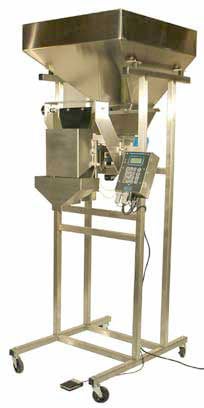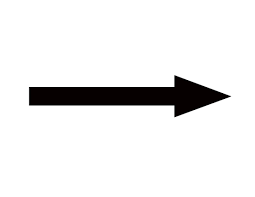
 The supply hopper sits on top of your bagging scale. The size of the supply hopper determines how many bags you can fill before you have to replenish it.
The supply hopper sits on top of your bagging scale. The size of the supply hopper determines how many bags you can fill before you have to replenish it.
Incline feed conveyors are often used to fill your supply hopper from a blender, dryer, super sack, or silo. Depending on your product, feed conveyors may be cleated belt, auger, vacuum, or pneumatic. They are controlled manually or controlled automatically with high/low-level sensors in your supply hopper.
If you are filling the supply hopper manually (i.e. with a bucket or shovel) the size of your hopper depends on how often you want to re-fill it.
If you use a feed conveyor to fill your supply hopper, the hopper typically should hold at least 3-4 bags of your product to keep the bagging operation running continuously.
To determine the size of the supply hopper you will need to know:
- weight of your bag
- bulk density of your product. Bulk density is measured in lb./ft3 or gm/cm3. Here is a link to a bulk density chart of common materials https://www.engineeringtoolbox.com/density-materials-d_1652.html
- number of bags you want the hopper to hold
For example, if your bags weigh 50 lb., your product bulk density is 40 and you want 4 bags in the hopper, using the formula below your hopper should be about 5.0 ft3
bag weight x # bags = 50 lb. x 4 bags = 200 lb. = 5.0 ft3 supply hopper
bulk density 40 lb./ft3 40 lb./ft3
Depending on the bagging scale, the supply hopper may be an integral part of the scale or an option.
For more information on supply hoppers, contact Inpak Systems at 608-221-8180 or email us at [email protected].
